|
|


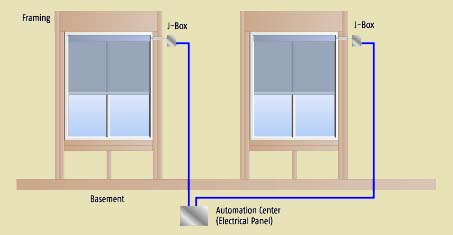
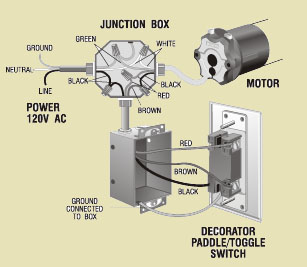
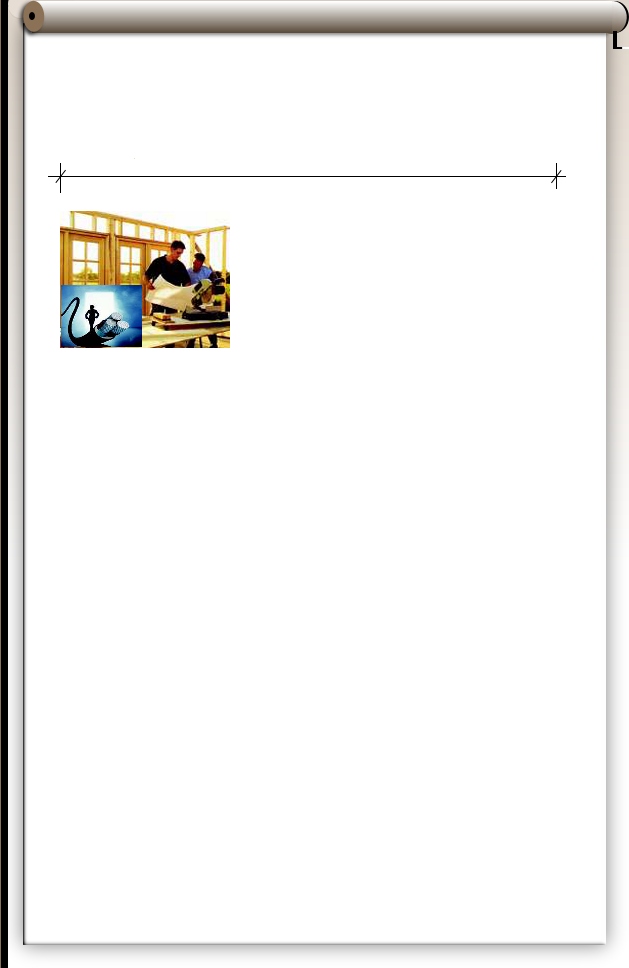

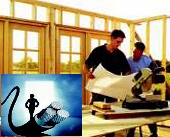









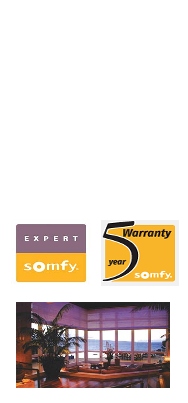
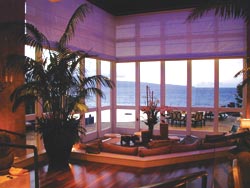

Serving the Florida Suncoast --------------------------------------- On-Site Consultation ------------------ Professional Measuring & Installation ---------------------------------------- Authorized Dealer Somfy, BTX, ESI Electronic Solutions Hunter Douglas |

Retrofits Retrofits can be slightly more difficult, but are not impossible. Wiring inside existing walls is always an issue, but can usually be done by a skilled electrician or a home integrator. If it is not possible to run wires through the walls, you may use motors that run on batteries or AC /DC motors that plug into the electrical socket in the wall and are controlled by wireless infrared or radio-frequency remote controls (Somfy RTS). Wireless systems can also be controlled with home automation systems Some companies, such as Somfy's and Hunter Douglas, sell battery-operated motors. These types of systems can be good for single-window applications where the motor is not lifting heavy loads. A single treatment above a bath might be a perfect place for one, as you may not want high-voltage in that area. Somfy's new reloadable lithium battery power system - replacement batteries can purchased from retail outlets such as Home Depot. |
Undecided about motorized? Even if you are unsure when (or if) motorized window coverings will be installed , we recommend (at a minimum) that you pre-wire all potential windows with Romex 14/3 + ground wiring, which is easily home run to a dedicated wiring panel. This will make it much easier and cost effective if you decide to add hardwired motorized window treatments in the future. Additionally, wiring for motorization will increase the re-sale value of your home. |
Somfy lithium battery pack |
Note: with Somfy RTS (radio motor) you can plug shades directly into a standard wall outlet |
Please call to schedule an On-site Consultation --------- Given Designs Inc 727-542-1471 Serving the Florida Suncoast - Tampa Bay, St Petersburg, Sarasota --------- |
Plan in Advance As with many electronic systems, it's best to plan for motorized window treatments as early as possible in the construction of the home, in the planning phase if possible, and wire for them before the walls close. Motorized window treatment systems can run on either high-voltage wiring, which is your home's powerline wiring that goes to each electrical outlet and is better suited to lift heavier window treatments, or low-voltage wiring, which can be safer and allow more flexibility in the system design. Motors can run on AC, the alternating current that comes out of your electrical outlets and powerline wiring, or DC, the direct current from batteries and often plug-in transformers. Many DC systems can also be "hardwired" inside your walls to transformers that convert the signal from AC. Which system you use will often depend on the size of the window and the type of window treatment you choose. AC is typically for large windows or fabrics that are heavy in nature, such as solar screens, blackout shades for home theaters and Roman shades. DC shades are for smaller windows and light fabrics or shades less than 25 square feet of material. So as early as when you're scanning the blueprints, you may want to decide what kind of window treatments you want and how heavy the fabric may be. This will also determine what kind of motor you will require, as it's very important to have a motor that can handle the full load of your window treatment. A single motor can handle small amounts of fabric or other material or up to several hundred pounds. And the type of motor and the size and configuration of your system may determine how it should be wired. It's very important we get in there from the get-go, so we can inform the contractors what wiring to use and where it should be placed. When in doubt, though, most experts recommend wiring for high-voltage, in case your window treatments will require more power to lift or move them. And you can always run DC motors on high-voltage wiring, whereas you can't operate AC motors on low-voltage. As a general rule, each window where you intend to have motorized treatments should be wired back to a central electrical panel, in what is called a home-run wiring architecture. Also be aware that any window treatment with hardware that hangs inside the window frame, such as roller shades, can be more difficult to install because the wire may have to go through the window frame. Some communities even have building codes prohibiting drilling through the headers at the tops of your windows. |
Motorized window treatment systems come in all different shapes and sizes. Basically, they use motors built into the headrails of treatments such as shades, Venetian or wood blinds, and the like. For roller shades, the motors are often right in the "tube" that fits in the top of your window. Treatments that move side to side such as drapes typically require special tracks and have motors that hang down from the rail on one side, but are concealed by the drapery fabric. |
We hope that this page will help shed some light on the basics of motorization. However, there are numerous options available for wiring and controlling motorized systems, which can make choosing the correct system complex. We suggest that you schedule a free consultation with us so we can assist you in the full scope of the motorized window coverings process. If wiring needs to be run, we will work with your contractor, electrician or integrator to insure that all the proper wiring is installed and positioned in the correct location |
Standard hardwired motorized shade with wired switch |
Motorized or Manual Window Treatments ~ Tampa, Clearwater, Sarasota - 727-542-1471 |
727-542-1471 |
Given Designs Inc |
Residential / Commercial |
